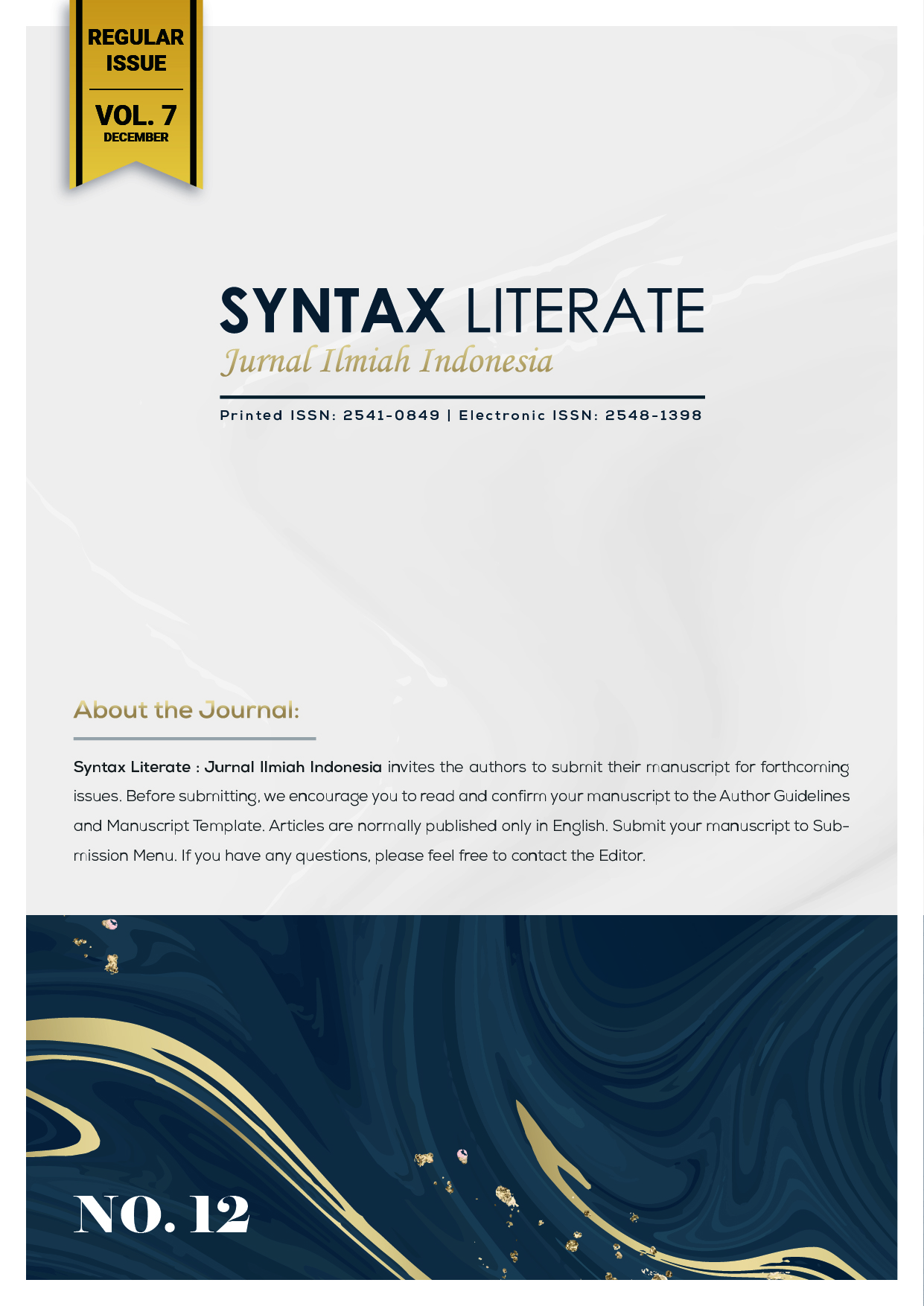Biohole Effectiveness Analysis Through The Distribution Pattern Of Microbes At Each Depth By Iot On Margel
Abstract
This research was conducted on margel soil, especially for plantations, with the aim of not only restoring the health and fertility of the soil due to the use of chemical fertilizers and pesticides as well as seeing the pattern of EC distribution at each depth from the center of the biohole based on the time of observation. Through controlled microbial activity, its spread through two types of biohole, namely horizontal and vertical biohole. This research observes in real time through soil parameter sensors connected to the micro controller to changes in soil acidity, infiltration rate, conductivity electrolyte level and porosity level through soil infiltration rate. Through simulations with 2 types of biohole, it can be seen the increase in EC in each depth to the time of observation in real time. From the observations of graphs and EC standards, it can be seen that the ability of the soil to provide nutrients in the root growth zone to support the schedule and distribution patterns of planting both during vegetative growth and generative growth periods. So that we will know the proper biohole distance and spacing in order to be able to provide vegetative and generative mass nutrition based on nutrient values monitored through sensors that change the analog parameters in the micro posesor into digital information transmitted by wifi in real time. Sand coastal soil fertility simulation based on the number of microbial populations = 10 8 / cfu with Variable 1: Soil Fertility Value or Electrolyte Conductivity / EC at a depth of 24 cm from 487 uS / cm to 1123 uS / cm on day 33 and from 1164 uS / cm down to 786 uS / cm on day 40. Varibale 2 : Soil Fertility Value or Electrolyte Conductivity / EC at a depth of 27 cm from 457 uS / cm up to 857 uS / cm on day 33 & from 892 uS / cm down to 774 uS / cm on day 39.
Downloads
References
Douglas, M. G. (1988). Integrating conservation into farming systems: the Malawi experience.
Huang, Z., & Shan, L. (1997). Action of Rainwater use on soil and water conservation and suistanable development of Agricukture. Bulletin of Soil and Watr Conserv, 17(1), 45–48.
Lili, M., Bralts, V. F., Yinghua, P., Han, L., & Tingwu, L. (2008). Methods for measuring soil infiltration: State of the art. International Journal of Agricultural and Biological Engineering, 1(1), 22–30.
Liu, H., Lei, T. W., Zhao, J., Yuan, C. P., Fan, Y. T., & Qu, L. Q. (2011). Effects of rainfall intensity and antecedent soil water content on soil infiltrability under rainfall conditions using the run off-on-out method. Journal of Hydrology, 396(1–2), 24–32.
Rees, W. E. (2018). Ecological footprints and appropriated carrying capacity: what urban economics leaves out. In The Earthscan Reader in Rural–Urban Linkages (pp. 285–297). Routledge.
Schwab, K. (2017). The fourth industrial revolution. Currency.
Sunjoto, S. (1988). Optimasi Sumur Resapan Air Hujan Sebagai Salah Satu Usaha Pencegahan Instrusi Air Laut. Yogyakarta: Fakultas Teknik Universitas Gadjah Mada.
Suripin. (2013). Sistem Drainase Perkotaan Yang Berkelanjutan. Penerbit Andi.
Suripin. (2018). Sistem Drainase Perkotaan Yang Berkelanjutan. Penerbit Andi.
Tian, J., & Huang, C.-H. (2000). Soil erosion and dryland farming. CRC press.
Wasisto, S. (2018). Aplikasi Internet of Things (IoT) dengan Arduino & Android: Penerbit Deepublish Yogyakarta.
Widiasmadi, N. (2020a). Analisa Elektrolit Konduktifitas & Keasaman Tanah Secara Real Time Menggunakan Smart Biosoildam. Prosiding Seminar Nasional NCIET, 1(1), 11–24.
Widiasmadi, N. (2020b). Analysis Of The Relationship Between Effect Of Biofertilizer Agent Activity On Soil Electrolit Conductivity & Acidity Using Real Time Data Of The Smart Biosoildam. Systematic Reviews in Pharmacy, 11(8), 660–665.
Widiasmadi, N. (2022). Teknologi Smart Biosoildam untuk Analisa EC & PH Tanah sebagai Usaha Peningkatan Daya Dukung Lahan. Jurnal Pendidikan Dan Konseling (JPDK), 4(5), 2558–2567.
Copyright (c) 2022 Nugroho Widiasmadi

This work is licensed under a Creative Commons Attribution-ShareAlike 4.0 International License.











